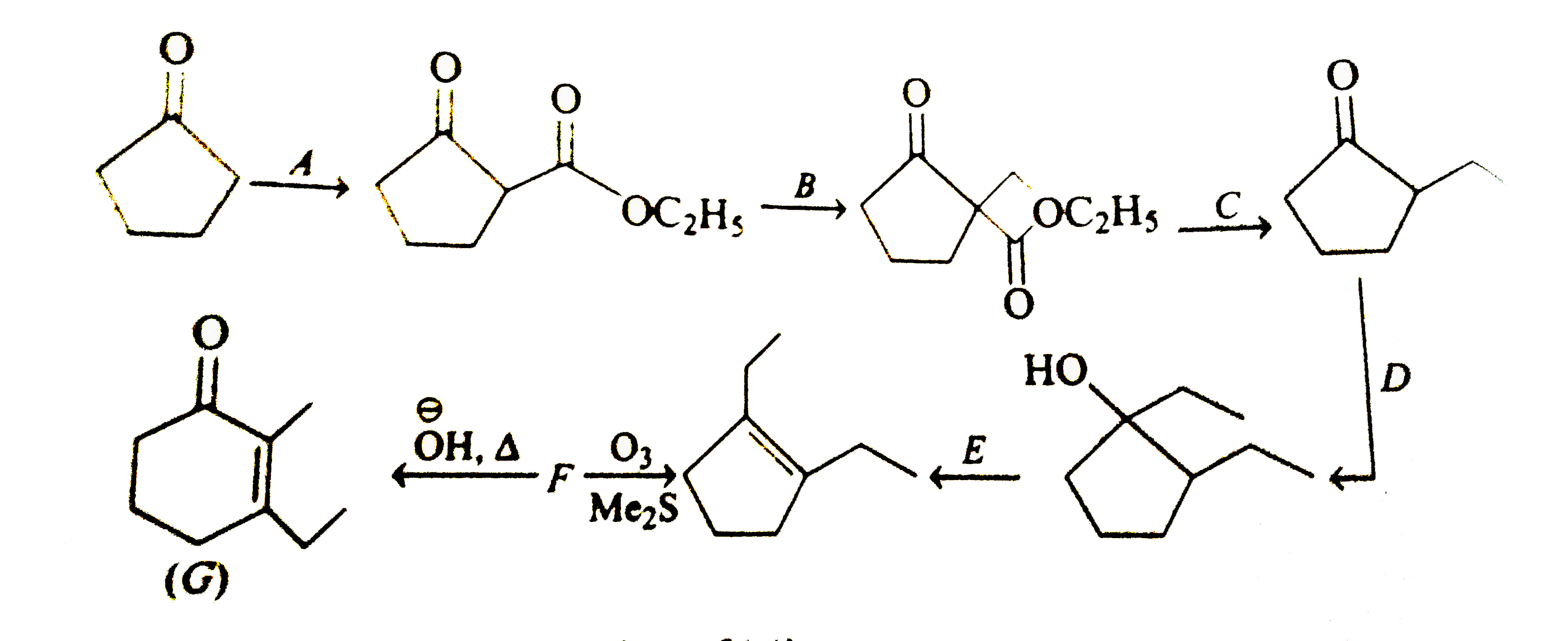More Than One Correct (Q.26 To Q.50) from GR BATHLA & SONS CHEMISTRY (HINGLISH) CABOXYLIC ACIDS AND ITS DERIVATIVES for Class 12
| Class 12 | CHEMISTRY |
| Chapter | CABOXYLIC ACIDS AND ITS DERIVATIVES |
| GR BATHLA & SONS CHEMISTRY (HINGLISH) | More Than One Correct (Q.26 To Q.50) |
| Medium | English |
| Academic Year | 2023-2024 |
Question 221
Compound A having molecular formula C7H7NO2 can undergo reduction with Sn+HCl treatement of A with KMnO4 gives a compound B (C7H5NO4) which has lower boiling point compared to its other isomer. B when treated with SOCl2 produces C. C when treated with CH2N2 produces D of molecular formula C8H5N3O3 D when treated with Ag/H2O produces E.
Find out structure of A :View SolutionQuestion 222
Compound A having molecular formula C7H7NO2 can undergo reduction with Sn+HCl treatement of A with KMnO4 gives a compound B (C7H5NO4) which has lower boiling point compared to its other isomer. B when treated with SOCl2 produces C. C when treated with CH2N2 produces D of molecular formula C8H5N3O3 D when treated with Ag/H2O produces E.
Find out structure of C :View SolutionQuestion 223
Compound A having molecular formula C7H7NO2 can undergo reduction with Sn+HCl treatement of A with KMnO4 gives a compound B (C7H5NO4) which has lower boiling point compared to its other isomer. B when treated with SOCl2 produces C. C when treated with CH2N2 produces D of molecular formula C8H5N3O3 D when treated with Ag/H2O produces E.
Find out structure of E :View SolutionQuestion 224
An organic compound A on acid hydolysis produces B, an amino acid. B on treatement with HNO2 gives C. C on heating with conc. H2SO4 produces a lactone D. A can also be synthesised by the reaction of cyclopentanone with H2N−OH followed by treatement of conc. H2SO4
What is the structure of compound A?View SolutionQuestion 225
An organic compound A on acid hydolysis produces B, an amino acid. B on treatement with HNO2 gives C. C on heating with conc. H2SO4 produces a lactone D. A can also be synthesised by the reaction of cyclopentanone with H2N−OH followed by treatement of conc. H2SO4
Find out structure of D :View SolutionQuestion 226
An organic compound A on acid hydolysis produces B, an amino acid. B on treatement with HNO2 gives C. C on heating with conc. H2SO4 produces a lactone D. A can also be synthesised by the reaction of cyclopentanone with H2N−OH followed by treatement of conc. H2SO4
DLiAlH4−−−→H2O Product:View SolutionQuestion 227
An organic compound (A) C5H10O2 reacts with Br2 in presence of phosphorus to give (B). Compound (B) contains an asymmetric carbon atom and yields (C) on dehydrobromination compound (C) does not show geometrical isomerism and on decarboxylation gives an alkene (D) which on ozonolysis gives E and F. Compound (E) gives positive Schiff test but (F) does not.
Identify correct structure of A: View SolutionQuestion 228
An organic compound (A) C5H10O2 reacts with Br2 in presence of phosphorus to give (B). Compound (B) contains an asymmetric carbon atom and yields (C) on dehydrobromination compound (C) does not show geometrical isomerism and on decarboxylation gives an alkene (D) which on ozonolysis gives E and F. Compound (E) gives positive Schiff test but (F) does not.
Find out structure of D :View SolutionQuestion 229
An organic compound (A) C5H10O2 reacts with Br2 in presence of phosphorus to give (B). Compound (B) contains an asymmetric carbon atom and yields (C) on dehydrobromination compound (C) does not show geometrical isomerism and on decarboxylation gives an alkene (D) which on ozonolysis gives E and F. Compound (E) gives positive Schiff test but (F) does not.
 View Solution
View SolutionQuestion 234
The decarboxylation of β - ketoacids, β,γ - unsaturated acid and geminal diacid proceed through the formation of cyclic transition state in presence of heat.
CH3−O||C−CH2−O||C−OHΔ−−→CH3−O||C−CH3
Mechanism:

Find the correct product of following reaction:
H3C−CH=CH−CD2−O||C−OHΔ−−→View SolutionQuestion 236
An optically active ester 'F' have molecular weight 186. Hydrolysis of 'F' gives two optically active compounds 'G' and 'H' . 'G' which is soluble in NaOH and 'H' . 'H' gives a positive iodoform test and on warming with conc. H2SO4 gives 'I' with no diastereomers. When Ag salt of 'G' reacted with Br2 racemic mixture 'J' is formed optically active 'J' is formed when 'H' is treated with TsCl and then with NaBr.
Find out structure of F:View SolutionQuestion 237
An optically active ester 'F' have molecular weight 186. Hydrolysis of 'F' gives two optically active compounds 'G' and 'H' . 'G' which is soluble in NaOH and 'H' . 'H' gives a positive iodoform test and on warming with conc. H2SO4 gives 'I' with no diastereomers. When Ag salt of 'G' reacted with Br2 racemic mixture 'J' is formed optically active 'J' is formed when 'H' is treated with TsCl and then with NaBr.
Find out correct structure of I : View SolutionQuestion 238
An optically active ester 'F' have molecular weight 186. Hydrolysis of 'F' gives two optically active compounds 'G' and 'H' . 'G' which is soluble in NaOH and 'H' . 'H' gives a positive iodoform test and on warming with conc. H2SO4 gives 'I' with no diastereomers. When Ag salt of 'G' reacted with Br2 racemic mixture 'J' is formed optically active 'J' is formed when 'H' is treated with TsCl and then with NaBr.
What would be the structure of F if H gives negative iodoform test ?View SolutionQuestion 242
The Hunsdiecker reaction is believed to proceed by a free radical mechanism and involves the formation of an acyl hypohalite.
A. R−O||C−O−Ag+Br2→R−O||C−O−Br+AgBr
B. R−O||C−O−Br→R−O||C−.O+B.r
C. R−O||C−.C→R.+CO2
D. R∙+R−O||C−OBr→R−Br+R−O||C−O.
Ph−CH=CH−C∣CH3H−O||C−OAgBr2−−→Δ Product
The major product is :View SolutionQuestion 243
The Hunsdiecker reaction is believed to proceed by a free radical mechanism and involves the formation of an acyl hypohalite.
A. R−O||C−O−Ag+Br2→R−O||C−O−Br+AgBr
B. R−O||C−O−Br→R−O||C−.O+B.r
C. R−O||C−.C→R.+CO2
D. R∙+R−O||C−OBr→R−Br+R−O||C−O.
H3C−CH3∣C∣CH3−O||C−OAgBr2−−→Δ Major product: View Solution
All Exercises from GR BATHLA & SONS CHEMISTRY (HINGLISH) Class 12 CHEMISTRY CABOXYLIC ACIDS AND ITS DERIVATIVES
- EXERCISE
- INTEGER ANSWER TYPE PROBLEMS
- LEVEL 1 (Q.2 TO Q.26)
- LEVEL 1 (Q.27 TO Q.50)
- LEVEL 2 (Q.1 TO Q.25)
- LEVEL 2 (Q.101 TO Q.120)
- LEVEL 2 (Q.26 TO Q.50)
- LEVEL 2 (Q.51 TO Q.75)
- LEVEL 2 (Q.76 TO Q.100)
- LINKED COMPREHENSION TYPE (Q.1 TO Q.25)
- LINKED COMPREHENSION TYPE (Q.26 TO Q.27)
- MATCH THE COLUMN
- MORE THAN ONE CORRECT (Q.1 TO Q.25)
- MORE THAN ONE CORRECT (Q.26 TO Q.50)
- MORE THAN ONE CORRECT (Q.50 TO Q.50)
- SUBJECTIVE TYPE PROBLEMS



 on saponification forms:
on saponification forms:




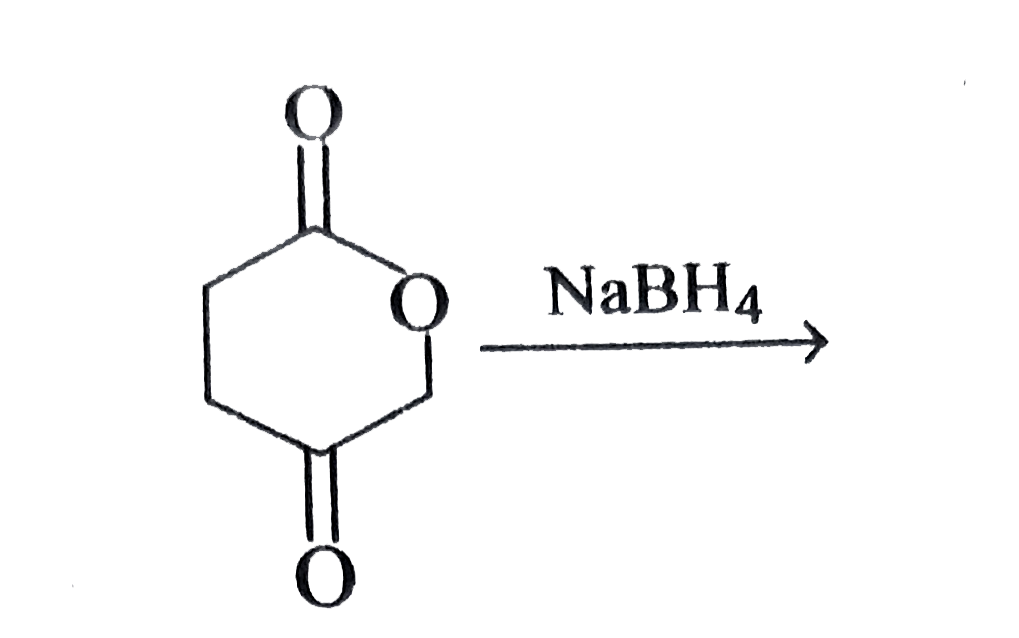


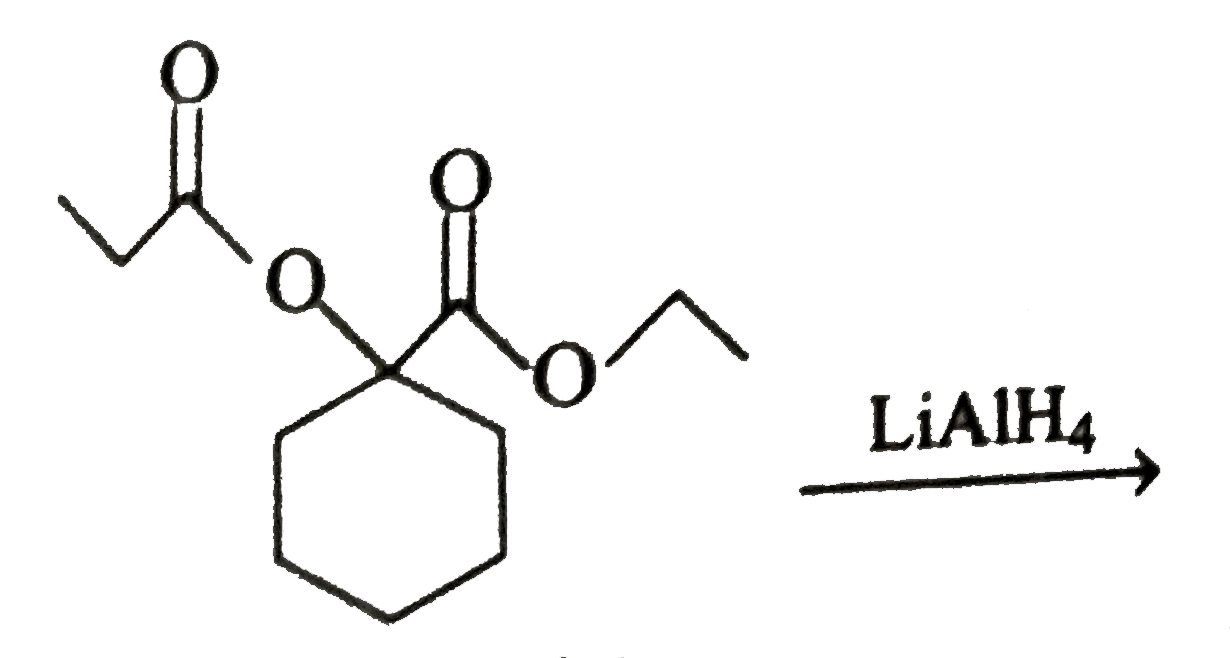




















 Product C is :
Product C is :
 major product :
major product :  Products :
Products :

 Product (P) will be :
Product (P) will be :
 Product C is :
Product C is : 

 Major Product :
Major Product :



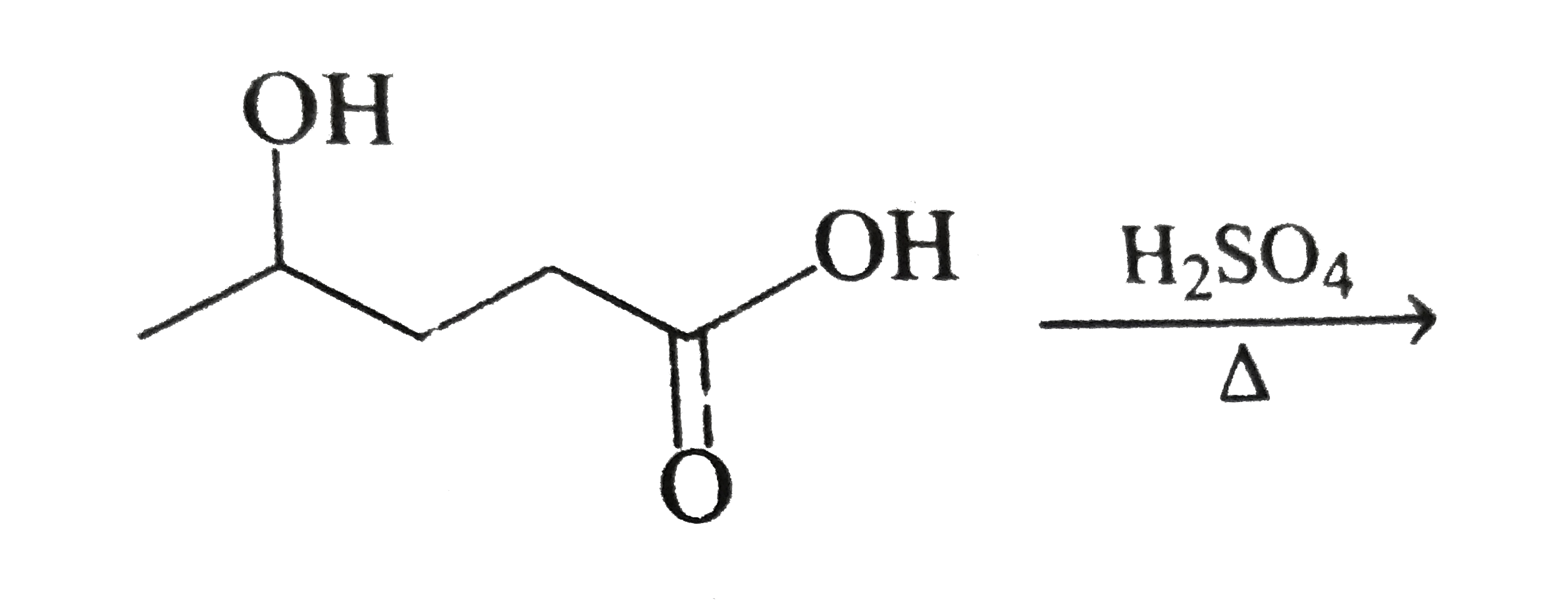











 (X) , (X) will be :
(X) , (X) will be : (P), (P) will be :
(P), (P) will be :



 major product :
major product :
 Identify Product (X) :
Identify Product (X) :














 B, Identify B :
B, Identify B : 

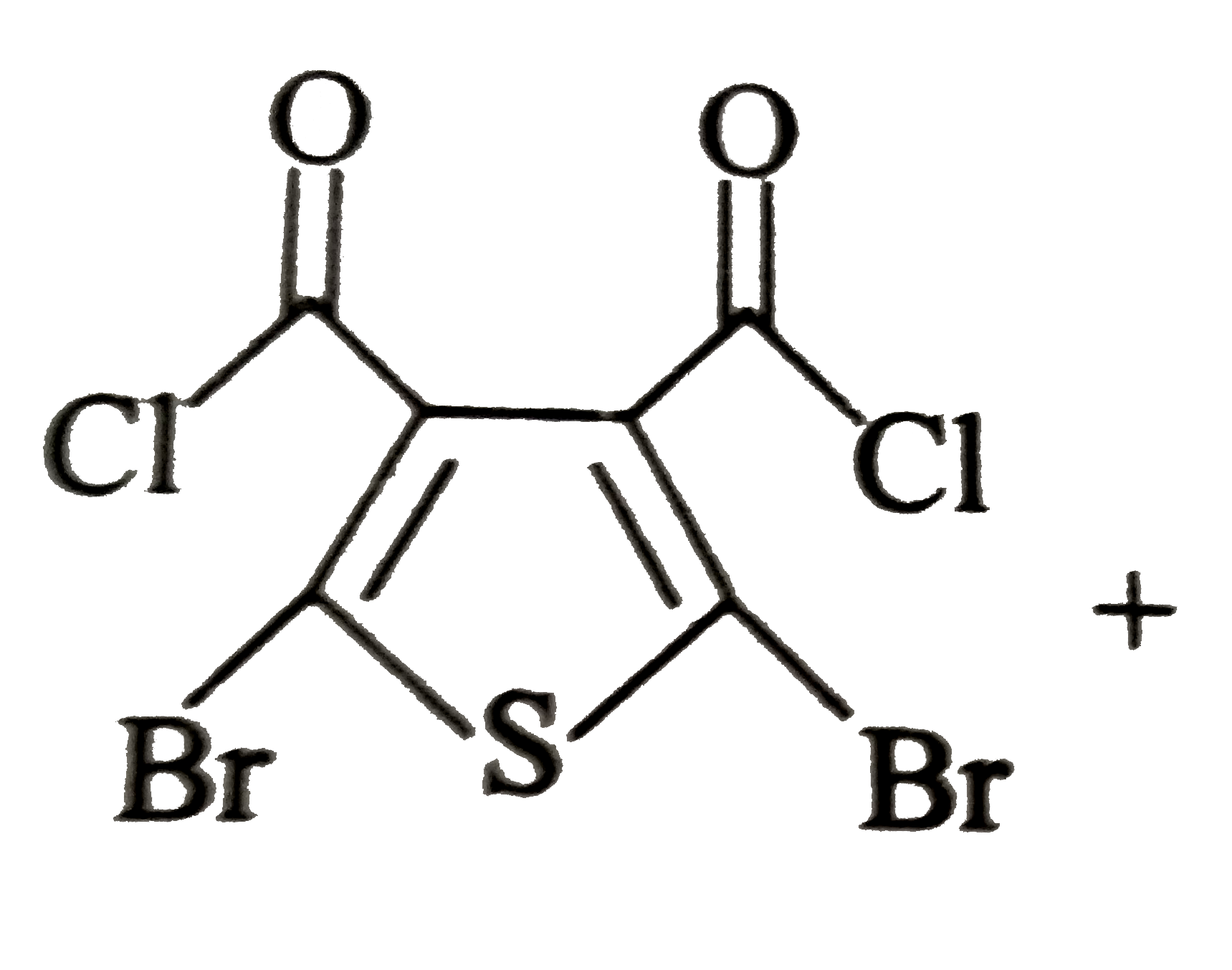

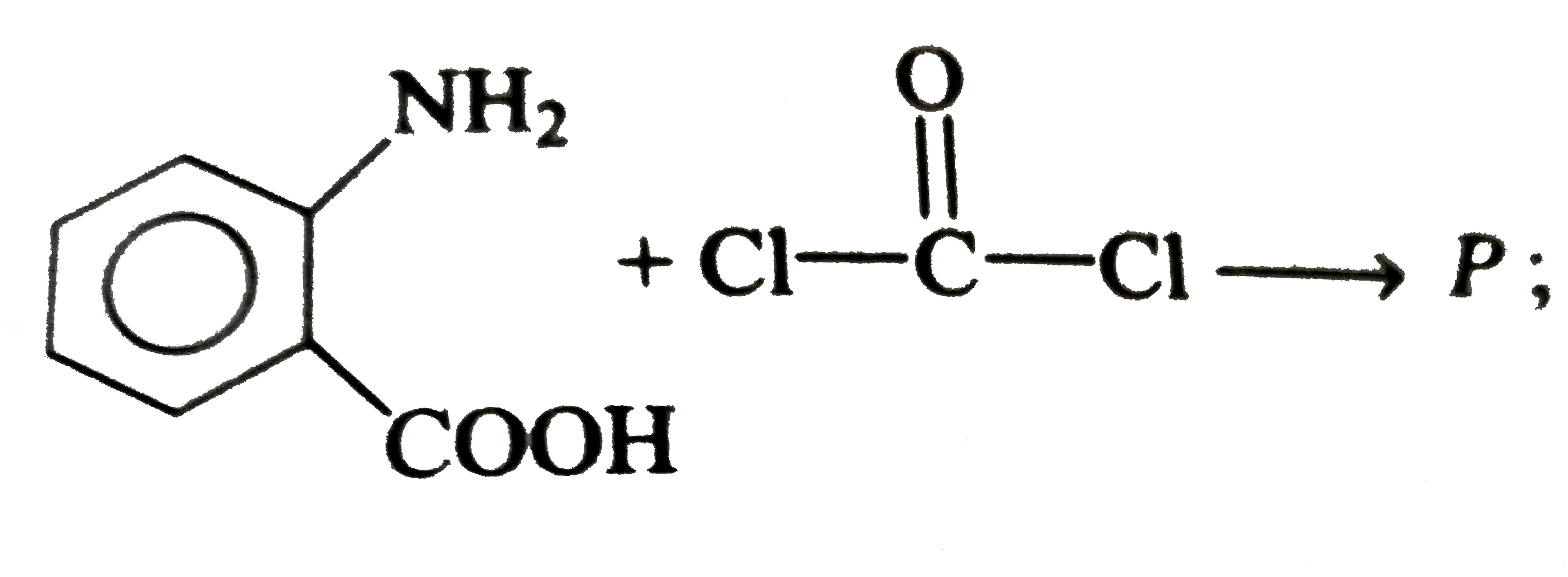 Product P will be :
Product P will be :
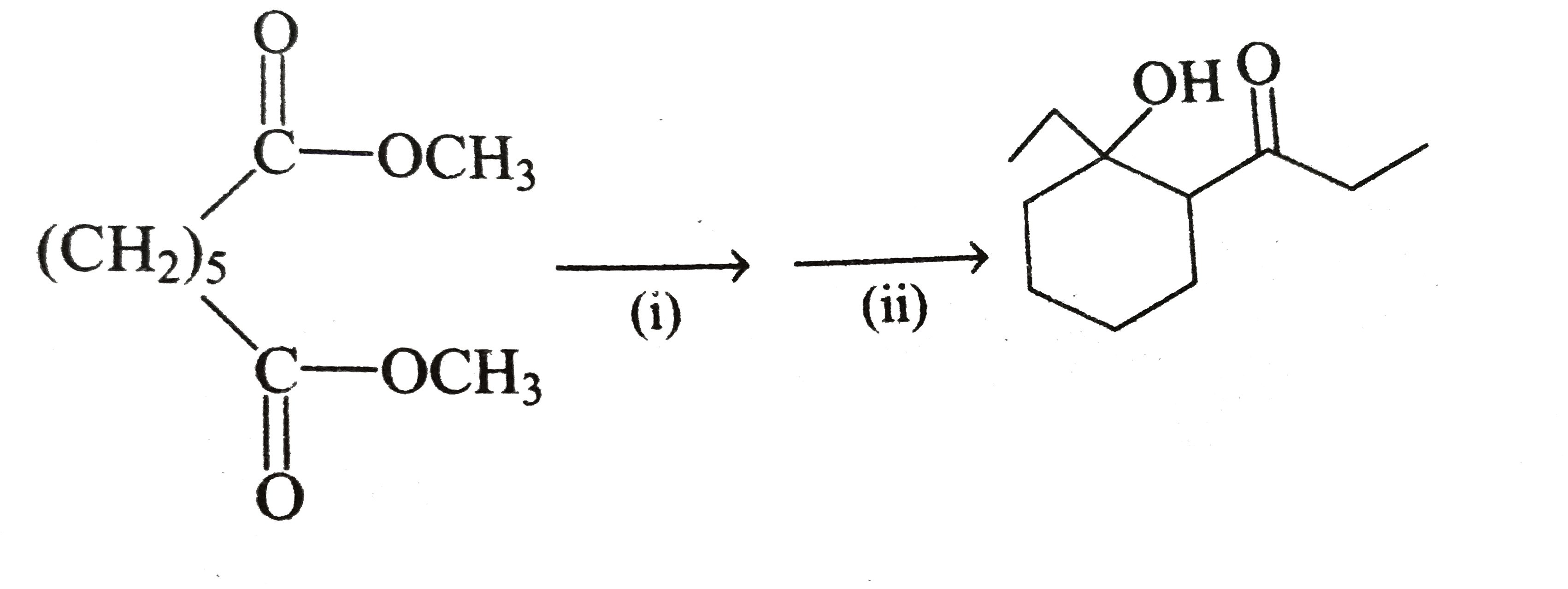

 Identify structure of (X) :
Identify structure of (X) : Product :
Product :  Identify structure of product P :
Identify structure of product P :

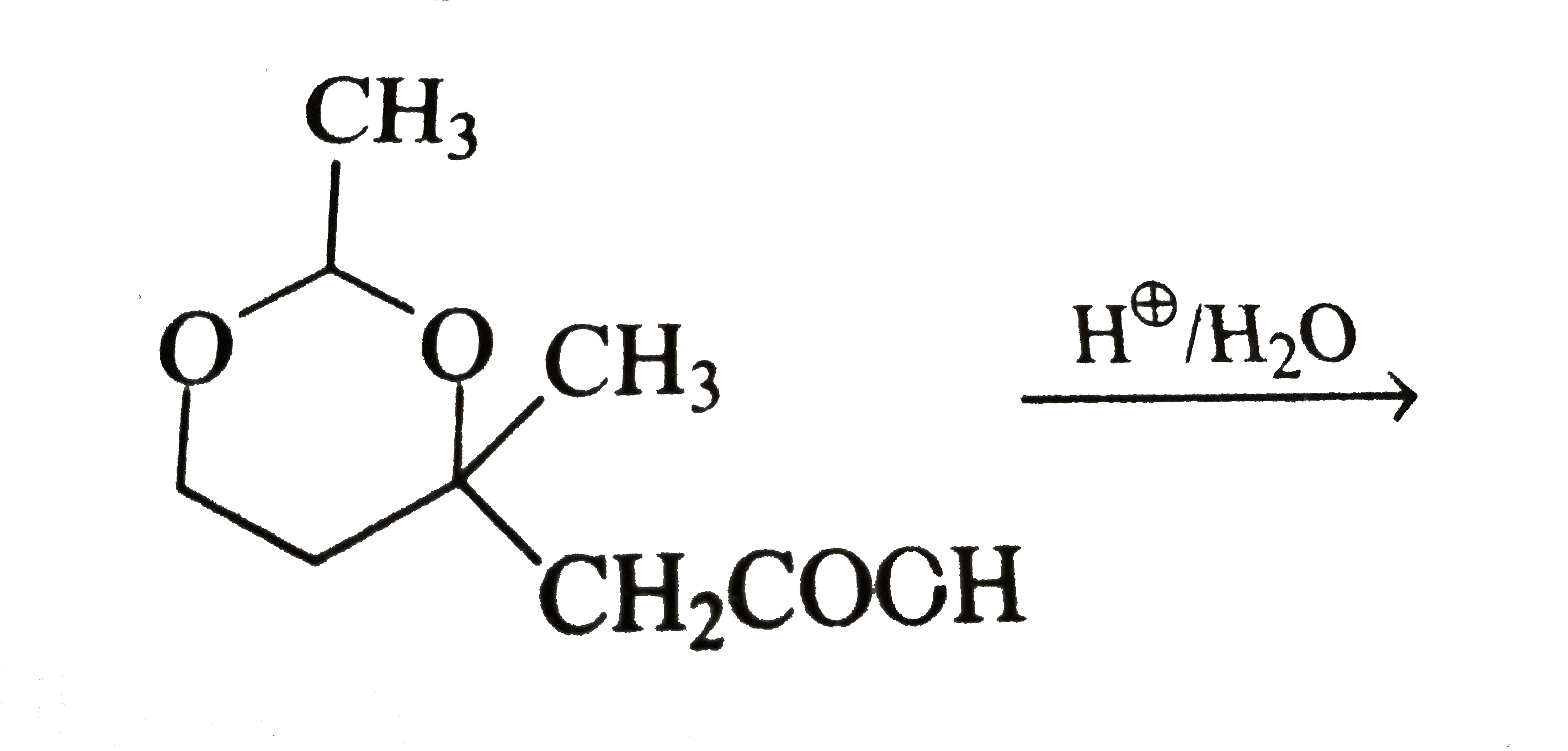


 Final Product :
Final Product :


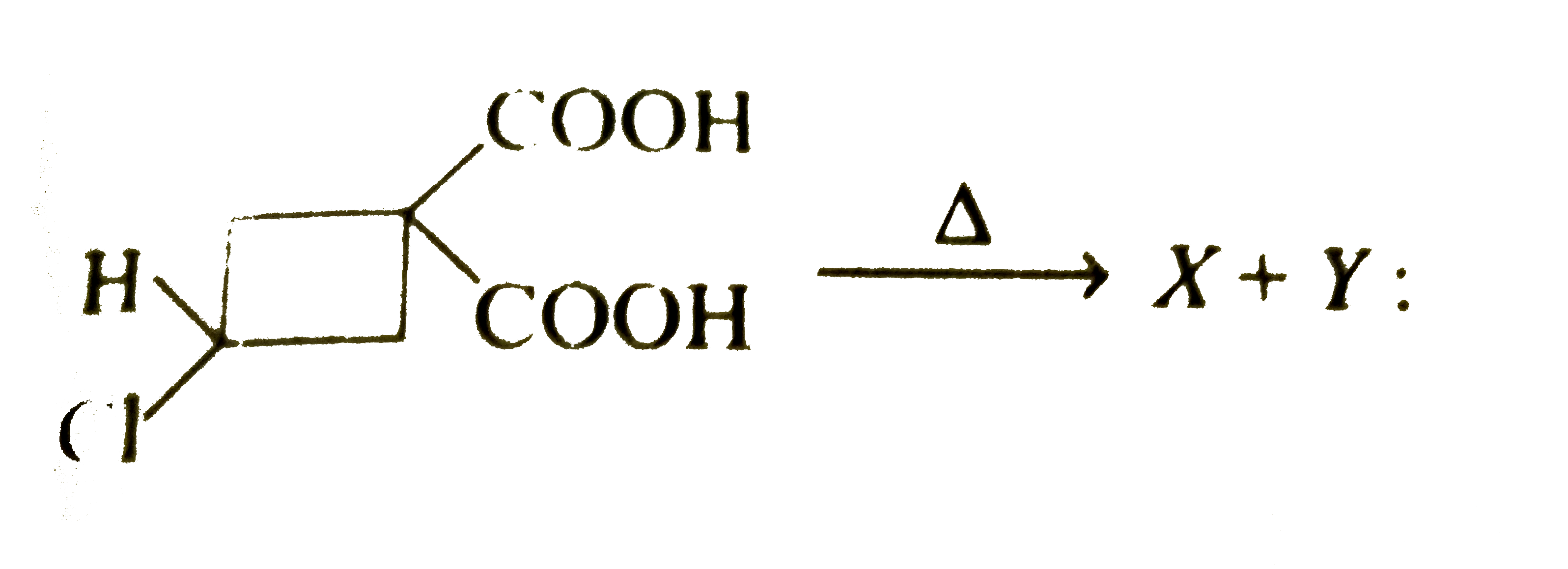







 X + Y
X + Y 










